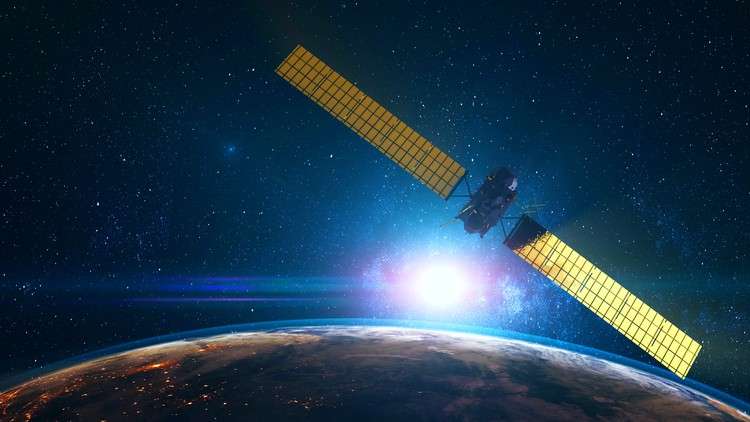
Learn the fundamentals and applications of remote sensing
What you will learn
Remote Sensing Background
Types of Remote Sensing
Applications of Remote Sensing data
Multispectral Satellite data Microwave (Radar) Satellite data Hyperspectral, Satellite data Applications in Land Cover Applications in Agriculture
Applications in Forestry, Applications in Geology, Applications in Hydrology, Applications in Sea-ice, Applications in Oceans and Coastal
Description
Remote sensing is the process of detecting and monitoring the physical characteristics of an area by measuring its reflected and emitted radiation at a distance (typically from satellite or aircraft). Special cameras collect remotely sensed images, which help researchers “sense” things about the Earth. Some examples are:
- Cameras on satellites and airplanes take images of large areas on the Earth’s surface, allowing us to see much more than we can see when standing on the ground.
- Sonar systems on ships can be used to create images of the ocean floor without needing to travel to the bottom of the ocean.
- Cameras on satellites can be used to make images of temperature changes in the oceans.
Some specific uses of remotely sensed images of the Earth include:
- Large forest fires can be mapped from space, allowing rangers to see a much larger area than from the ground.
- Tracking clouds to help predict the weather or watching erupting volcanoes, and help watching for dust storms.
- Tracking the growth of a city and changes in farmland or forests over several years or decades.
- Discovery and mapping of the rugged topography of the ocean floor (e.g., huge mountain ranges, deep canyons, and the “magnetic striping” on the ocean floor).
Section-1: Introduction
- Course Introduction
Section-2: Remote Sensing Background
- Remote Sensing
- Principle of Remote Sensing
- Important concepts for Principle of Remote Sensing
- History of Remote sensing
Section-3: Types of Remote Sensing
- Sensor based types of Remote Sensing
- Resolution based types and characteristics of Remote Sensing
- Purpose based types of Remote Sensing
Section-4: Applications of Remote Sensing data
- Multispectral Satellite data
- Microwave (Radar) Satellite da ta
- Hyperspectral Satellite data
- Applications in Land Cover
- Applications in Agriculture
- Applications in Forestry
- Applications in Geology
- Applications in Hydrology
- Applications in Sea-ice
- Applications in Oceans and Coastal
English
language
Content
Introduction
Course Introduction
Remote Sensing Background
Remote Sensing
Principle of Remote Sensing
Important concepts for Principle of Remote Sensing
History of Remote sensing
Types of Remote Sensing
Sensor based types of Remote Sensing
Resolution based types and characteristics of Remote Sensing
Purpose based types of Remote Sensing
Applications of Remote Sensing data
Multispectral Satellite data
Microwave (Radar) Satellite da ta
Hyperspectral Satellite data
Applications in Land Cover
Applications in Agriculture
Applications in Forestry
Applications in Geology
Applications in Hydrology
Applications in Sea-ice
Applications in Oceans and Coastal